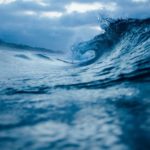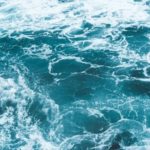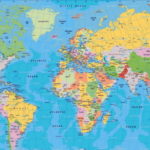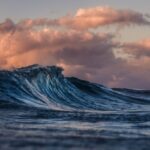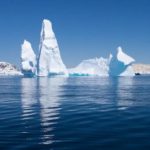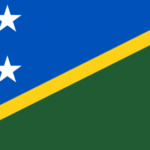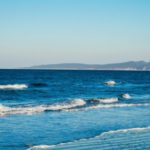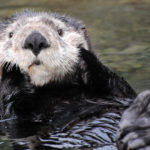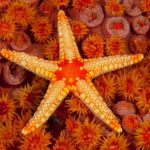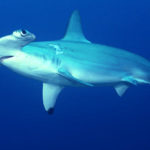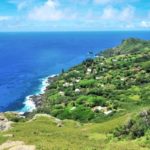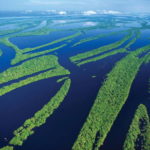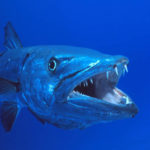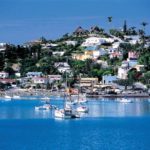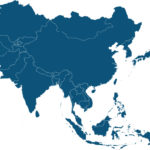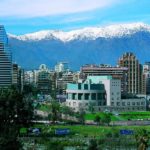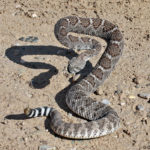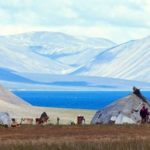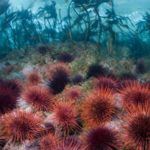Interesting facts about the Pacific
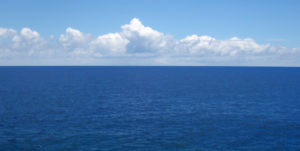 The Pacific Ocean is rightly called the greatest of the oceans of the Earth – its vastness is truly immense. True, its name sounds somewhat ironic, given that storms and storms above its waters are born more than anywhere else.
The Pacific Ocean is rightly called the greatest of the oceans of the Earth – its vastness is truly immense. True, its name sounds somewhat ironic, given that storms and storms above its waters are born more than anywhere else.
The Pacific Ocean is the largest and deepest body of the Earth. Its area is almost 30 million square kilometers larger than the size of all the continents, islands and other land areas on the planet.
The date change line passes through this ocean, that is, it ends here today and begins tomorrow.
The first person to cross the Pacific was Fernan Magellan. The journey took him almost 4 months. During the expedition of Magellan, the weather was fine, so he called the open ocean the Pacific. In fact, this ocean is the most volatile on the planet.
Before the revolution, on the Russian maps this ocean was called the Pacific Sea or the Eastern Ocean.
This ocean contains more than half of all water on Earth.
In the Pacific Ocean is the deepest point on the surface of the planet – “Challenger Abyss.” According to the latest measurements, the depth of this section of the Mariana Trench is almost 11 thousand meters. The lowest point of this abyss is farther from sea level than the summit of Everest.
Over 25 thousand islands are scattered throughout the ocean, mainly resulting from volcanic eruptions. By their number and total area, the Pacific leads among the world’s oceans.
At the bottom of the Pacific Ocean has its own mountains – about 10 thousand underwater peaks. Most of them are extinct volcanoes, whose peaks are located thousands of meters below the surface of the water.
The Pacific Ocean has become home to more than half of all marine animals on Earth – their species diversity is 3-4 times richer than in any other body of water on the planet. In addition, the oldest fish found in the ocean are not found anywhere else in the world.
In the waters of the Pacific Ocean algae grow up to 200 meters.
The Pacific Ocean accounts for 95% of all salmon species.
In the north of the ocean, the largest bivalve mollusk in the world lives, tridacna, individuals weighing up to 300 kg.
The depths of the Pacific Ocean inhabit the holothurians, who for food pass through their bodies an enormous amount of soil – there is simply no other food.
At the beginning of the 20th century, the first telegraph cable more than 12.5 thousand kilometers long was stretched across the bottom of the Pacific Ocean.
On average, the depth of the Pacific Ocean is about 4.3 kilometers.
In its shape, the ocean resembles a triangle, tapering to the north and expanding to the south.
The largest piece of land in the Pacific Ocean is New Guinea Island.
The Pacific Great Barrier Reef is the world’s longest range of coral islands.
Because of seismic activity in the ocean, giant tsunamis sometimes occur, which sweep across the surface of the water at speeds of up to 800 kilometers per hour.
Due to the carelessness of people, garbage islands with a diameter of hundreds of kilometers appear in the center of the Pacific Ocean.
In this ocean, the strongest tides on the planet – the difference in water level can reach 9 meters.
